Experimental Capabilities
Experimental Facilities
laboratories, greenhouses, research hall, out-door enclosures for insects, incubation rooms, aquariums.
Experiments duration:
Weeks, Months, Years, Decades;
Experimental Aerea
Total area: 600000 m²
station’s area 0,6 km2 (fields/forests) + Evo forest area ca. 50 km2 (includes many lakes) + experimental catchment area 1241m2.
Available area: 1241 m²
1241 m2 experimental catchment area
Experimental Unit Size
unit size: 73 m²
73 m2, experimental catchment area
Replicates
Replicates number: 0
Variable, depends on experiment
Cross-Ecosystem Manipulation
mire/forest/field-river/lake
Manipulation Techniques
Dams to slow down the discharge (wetlands), division of lakes, greenhouse gas, temperature, CO2 manipulations, substrate manipulations in catchments and lakes (fire, CaCO3, wood ash, carbohydrates, humic substances, nutrients, acids), grazing prevention, and aeration to change thermocline depth.
Temporary storage
- Dark room
- Drying oven
- Freezer
- Liquid N
- Refrigerator
Available Instruments
- YSI meters
- Gallery Plus (automatic analyzer, nutrients)
- Shimadzu TOC-VCPH/TNM-1230V (carbon, nitrogen)
- Shimadzu GC-2010 Plus HS-20 AOC-20i (gases, fatty acids)
- Shimadzu spectrofotometers (fotometric analyses)
- Varian SpectrAA 220FS AAS (metal analyses)
- Tri carp 2800 liquid scintillation counter (isotopes)
- Mettler Toledo titrato
- Microscopes (> 50)
- Li-8100A Soil gas flux system

Electricity available on site.
Distance from Laboratory facilities

